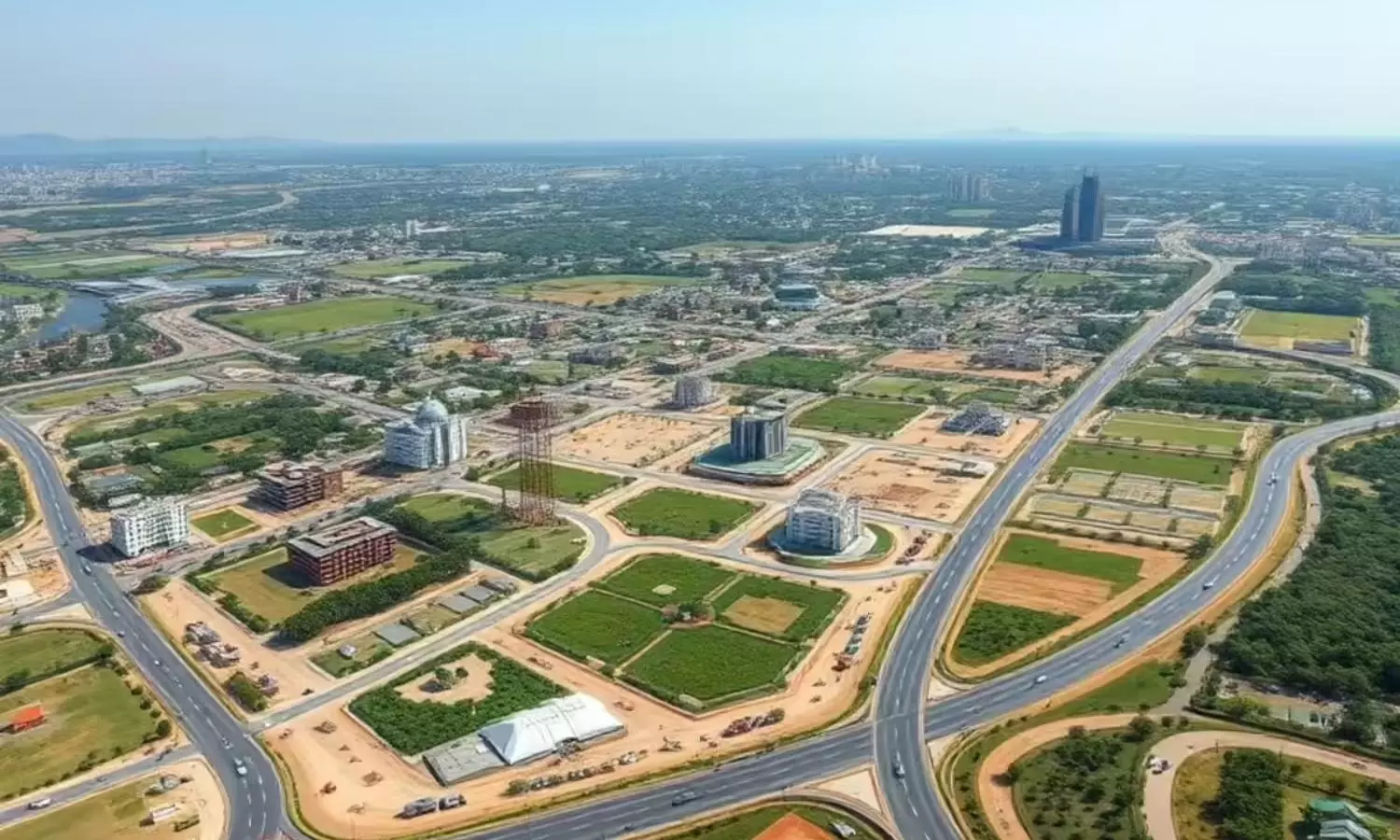Ten people have been killed and 80, including 23 Army personnel, are missing in Sikkim after the South Lhonak Lake — a glacial lake situated in the state’s northwest at 17,000 ft — burst due to incessant rains, leading to the release of water in downstream areas. This caused the rise of water levels in Teesta river that flooded at least four districts, including Mangan, Gangtok, Pakyong and Namchi on Wednesday (October 4), according to Sikkim State Disaster Management Authority (SSDMA).
“The lake outburst in portions of Lhonak Lake in North Sikkim caused a rise in water levels with very high velocities near about 15m/sec, crossed the CWC (Centre Water Commission) Melli site measuring 227 m, near about 3m above Danger Level, at 0600 am,” it added.
For years, numerous studies have highlighted South Lhonak Lake’s rapidly growing size due to glacier melting and marked it as susceptible to glacial lake outburst flood (GLOF). What are glacial lakes? Why has South Lhonak Lake been expanding? What is GLOF? Here is everything you need to know.
What is GLOF?
Glacial lakes, like the South Lhonak Lake, are large bodies of water that sit in front of, on top of, or beneath a melting glacier. As they grow larger, they become more dangerous because glacial lakes are mostly dammed by unstable ice or sediment composed of loose rock and debris. In case the boundary around them breaks, huge amounts of water rush down the side of the mountains, which could cause flooding in the downstream areas. This is called glacial lake outburst floods or GLOF.
GLOF can be triggered by several reasons, including earthquakes, extremely heavy rains and ice avalanches, Tom Robinson, lecturer in Disaster Risk & Resilience at the University of Canterbury (New Zealand), told The Indian Express in February.
“These lakes are also often found in steep, mountainous regions, which means landslides or ice avalanches can sometimes fall directly into the lakes and displace the water, causing it to over-top the natural dam and flood downstream,” he added.
In 2013, one such event took place in Uttarakhand’s Kedarnath when the region witnessed flash floods along with a GLOF caused by the Chorabari Tal glacial lake, killing thousands of people.
How did South Lhonak Lake become susceptible to GLOF?
With the rising global temperatures, glaciers in Sikkim Himalayan have been melting rapidly, giving rise to many glacier lakes and expanding the already existing ones in the region. There are currently more than 300 glacial lakes in Sikkim Himalayan, according to the Sikkim State Disaster Management Authority, a 2020 report by Mongabay said. Out of these, 10 have been identified as vulnerable to outburst floods.
One of them is the South Lhonak Lake. The glacier lake has been under observation by government authorities for years now. A report published by the Sikkim Forest and Environment Department found that the lake’s area had significantly increased in the past five decades.
Most Read
“Lhonak has grown nearly 1.5 times and South Lhonak nearly 2.5 times of their initial size in 1989… An earthquake of magnitude 4.9 on Sept 21, 1991 (as reported by United States Geological Survey) near the parent glacier feeding the South Lhonak Lake and the recent earthquake (magnitude 6.9) of Sept 18, 2011 approximately 70 km from the lakes and future earthquakes may trigger the GLOF events,” it added.
Did the Sikkim government take any action to tackle the expanding South Lhonak Lake?
Yes, it did. In 2016, members of the Sikkim State Disaster Management Authority and Sikkim’s Department of Science and Technology and Climate Change, among others, decided to syphon off lake water from the South Lhonak Lake.
The technique was implemented under the supervision of innovator Sonam Wangchuk. Authorities installed three eight-inch wide and 130-140 metres long High Density Polyethylene (HDPE) pipes in the lake to take out the water. They syphoned off 150 litres of water per sec, according to the Sikkim SDMA.







